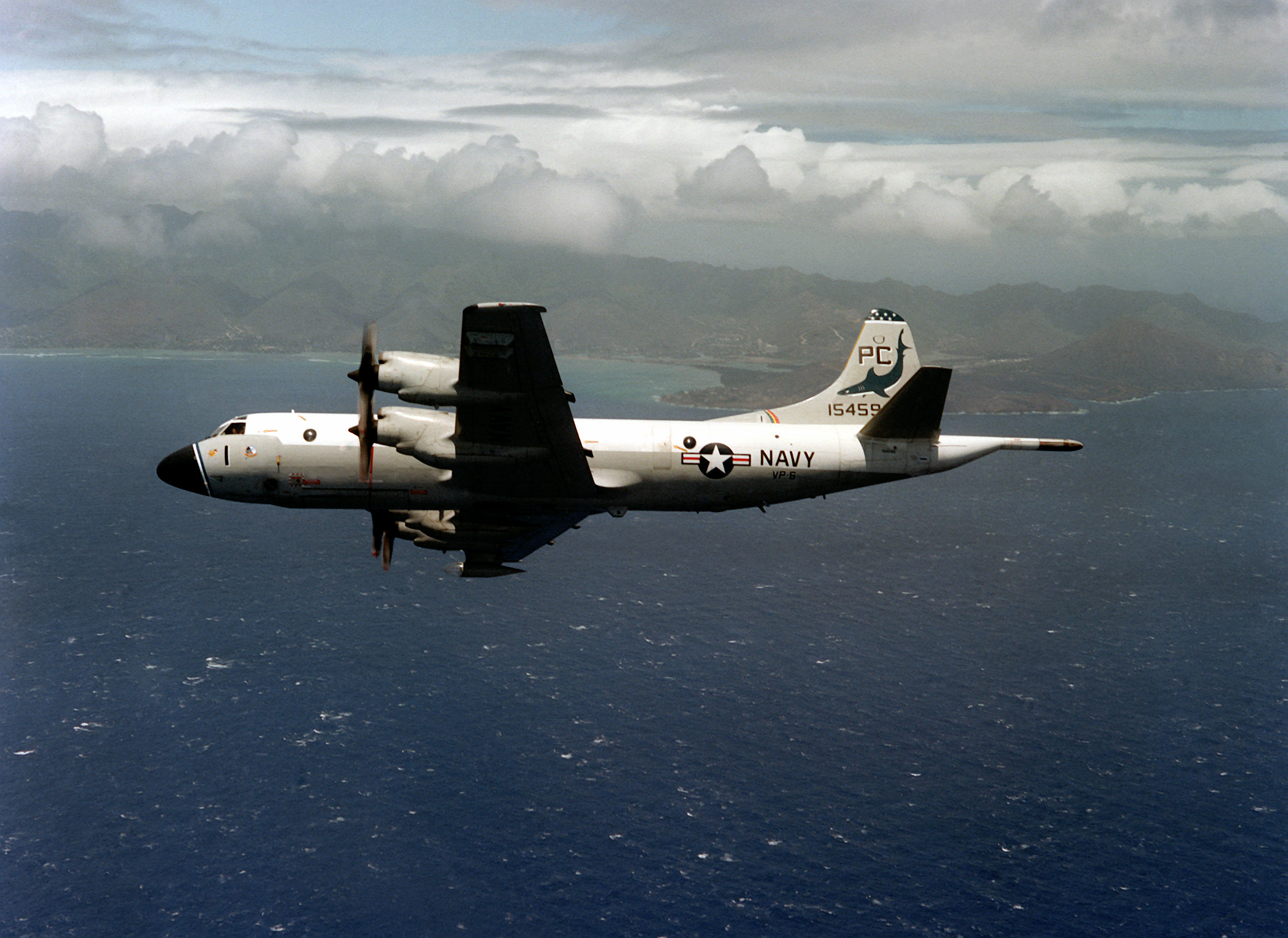The last time the Lockheed P-3 was flying in Vietnam was during the Vietnam War and, thanks to China, this aircraft could be patrolling Vietnam’s coastline again.
Vietnamese authorities have expressed an interest in purchasing P-3 Orion aircraft (see photo) so the Southeast Asian nation can boost its anti-submarine warfare (ASW) capability, say sources familiar with the situation. But for a deal to take place, the U.S. and Vietnam will need to further develop defense relations, add the sources.

The Southeast Asian nation wants the P-3 to protect its exclusive economic zone in the South China Sea and to help stop Chinese submarines entering Vietnamese waters. China’s largest submarine base is on the southern tip of Hainan Island, just off northern Vietnam’s coast.
here has also been a spate of incidents in recent months in which Chinese ships either harassed or damaged Vietnamese vessels. On May 26, for example, Chinese ships reportedly cut the cables of Binh Minh 02, an oil-surveying vessel that was within Vietnam’s 200-nm exclusive economic zone and operated by the Vietnam Oil & Gas Group.
Vietnam has a 3,444-km (2,135-mi.) coastline, so it needs aircraft with enormous range. Advanced sonar detection equipment also is required to combat China’s increasingly advanced submarines. For ASW, Vietnam has been using four Beriev Be-12 amphibious aircraft that it received in 1981, as well as dozens of Kamov Ka-25/-27 helicopters.
If Vietnam acquires P-3s, these are likely to be ex-U.S. Navy P-3Cs. The U.S. Navy says the P-3C has a mission radius of 2,380 nm and that the aircraft can easily stay in the air for 10 hr. The first batch of P-3Cs could be based at either Kien An Airfield, near the northern port city of Hai Phong, or farther south at Cam Ranh Bay, a large base that has 10,000-ft.-long runway originally built by the U.S. military during the Vietnam War.
When the P-3s last operated in Vietnam during the war, Cam Ranh Bay, coincidentally, was their main base. The U.S. Navy used P-3As to patrol the coastline in search of gunships as well as to spot Chinese trawlers providing supplies to the Vietcong hiding in South Vietnam.
There has always been a concern within the U.S. government that Vietnam may share defense technology with China; but in light of the recent territorial disputes in the South China Sea, that scenario seems increasingly unlikely. China and Vietnam also fought a short and bloody border war in 1979. A factor that may strain the relationship further is China’s exploitation of Vietnam’s bauxite deposits in the central highlands. In early 2009, Vietnam allowed state-owned Aluminum Corp. of China to mine the bauxite. The open-cut mines have caused environmental degradation and an influx of Chinese migrant workers, angering local Vietnamese.
Vietnam and the U.S. normalized diplomatic relations in July 1995 and a bilateral trade agreement was signed in July 2000. Since then, the U.S. has become one of Vietnam’s most important export markets. The U.S. has benefited from the relationship as well, with Lockheed Martin building Vietnam’s Vinasat-1 telecommunications satellite and Boeing having a firm order from Vietnam for 16 787s. The stronger economic links are starting to lead to closer defense ties. Vietnam disclosed on June 23 that the Vietnam People’s Navy will be holding joint exercises before year-end with the U.S. Navy, and that this will become an annual event.
The U.S. embassy in Hanoi has a defense attaché, but it has no Office of Defense Cooperation (ODC). One of the ODC’s roles is to promote U.S. foreign military sales (FMS) of military equipment, services and training. A defense industry executive, who has helped sell aircraft to Southeast Asian nations, says there is no requirement that there be an ODC office to facilitate an FMS sale, but Vietnam would need to get approval from the U.S.’s Technology Transfer Security Assistance Review Board.
This opportunity to sell P-3Cs may be less surprising than it first appears. Vietnam, although still a close Russian ally, is increasingly open to Western companies for defense equipment. The Vietnamese navy has six Canadian-built Viking Air Twin Otter 400 maritime patrol aircraft on order for delivery in 2012-14. The Vietnam Marine Police, which until recently came under the navy, is taking delivery this year of three Spanish-built Airbus Military C212-400 maritime patrol aircraft equipped with MSS 6000 surveillance systems from the Swedish Space Corp.
Some U.S. defense industry executives, however, are skeptical about whether a deal with Vietnam on P-3Cs is possible. “The relationship between the U.S. and Vietnam has been warming up incrementally over the years, and relations now are as good as they have ever been. But it has a ways to go” before the U.S. would be willing to sell military equipment to Vietnam as advanced as the P-3C, says one of the executives.
The only impetus for the U.S. to sell sophisticated equipment to Vietnam is if China causes further hostility in the South China Sea and China-U.S. relations deteriorate, says the executive. “The linchpin is where China fits with the U.S. and regional concerns about China’s growing military capability. If China didn’t exist, [Vietnam] would be off the radar and I don’t think there would be interest to sell to Vietnam. But with the political situation getting tricky,” the U.S. might be tempted to use the prospect of P-3C sales to Vietnam as a tactic to rein in China, says the executive, adding that it would not be the first time a country has sold weapons to another country in a calculated move to influence a third-party.